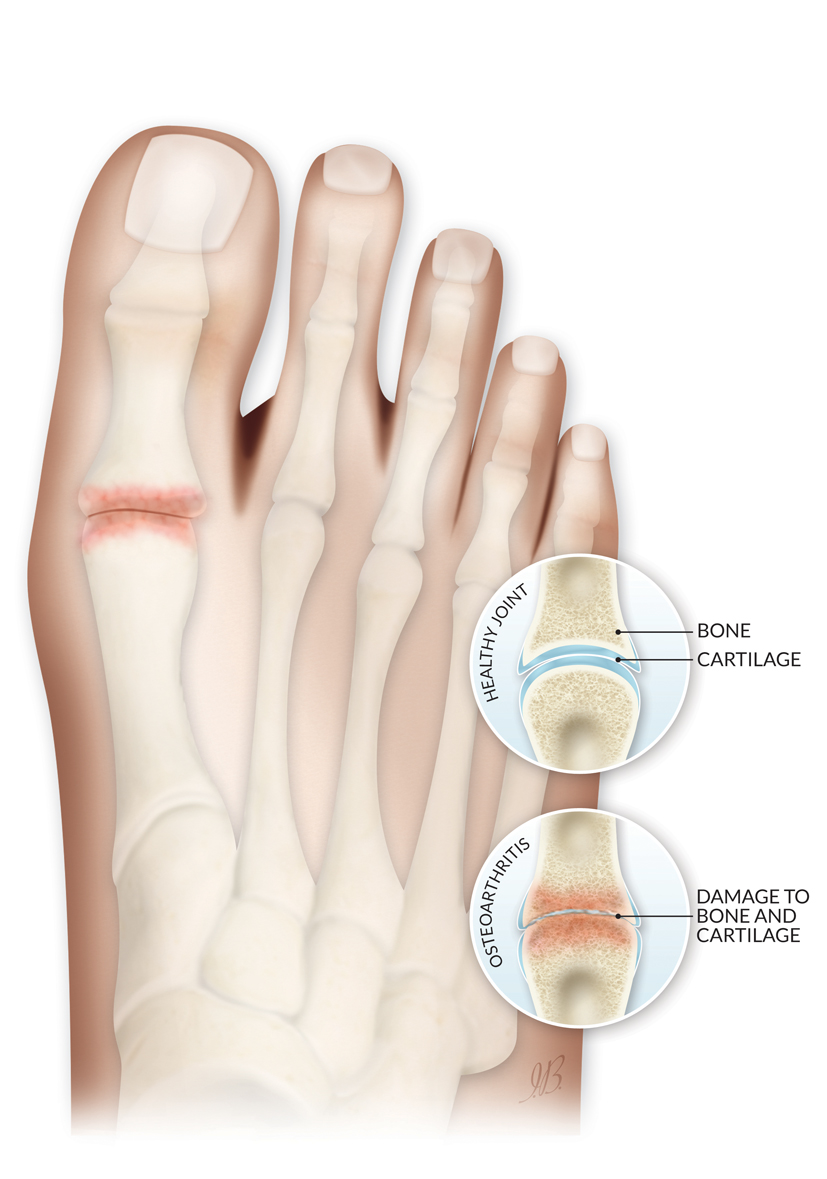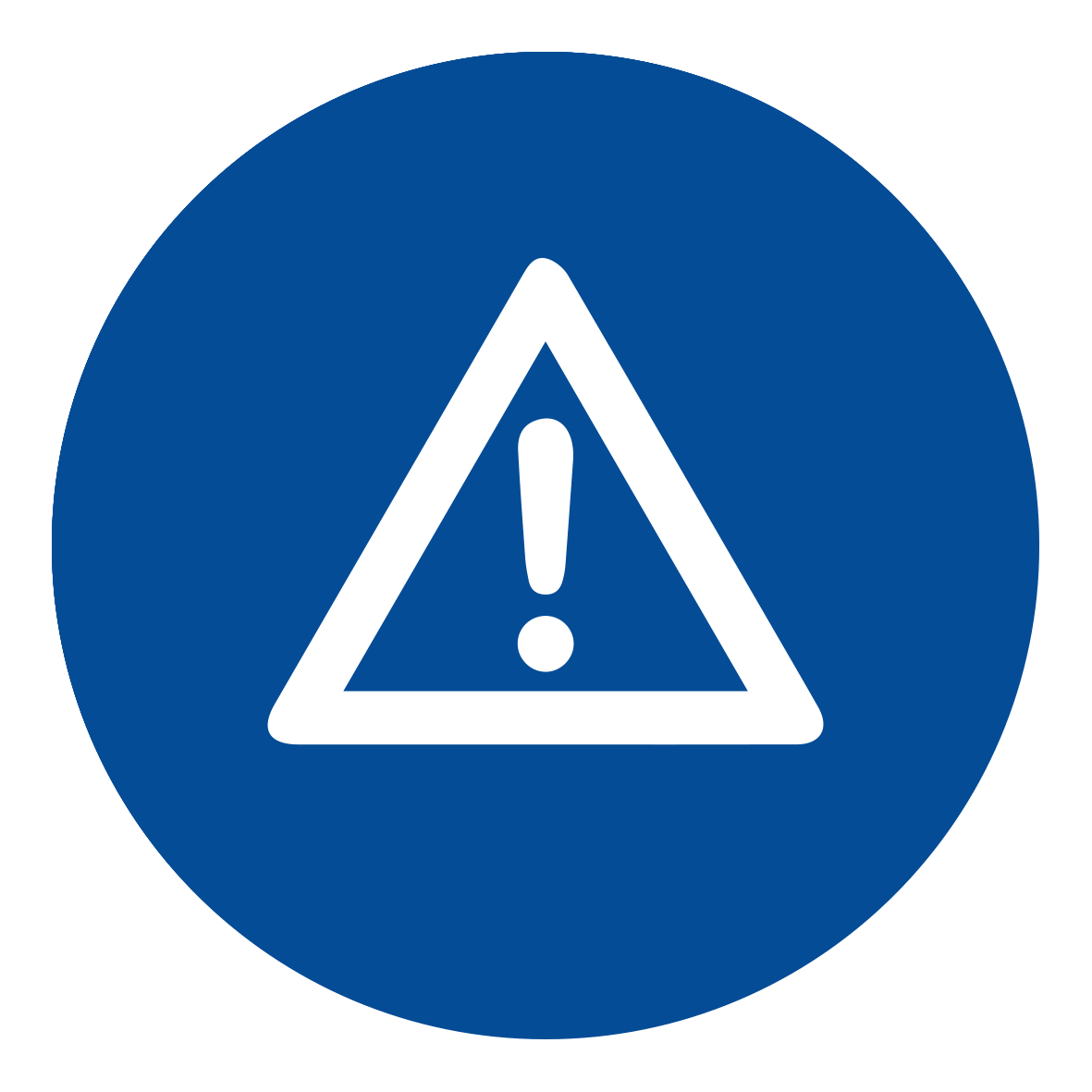Home / Limb Deformities / Small Joint Osteoarthritis
Small Joint Osteoarthritis is a degenerative joint disease that affects the small joints of the hands, wrists, or feet. In Osteoarthritis, the protective cartilage on the end of the bones gradually breaks down causing pain, stiffness, deformity and reduced function. This condition is more frequent in women ages 45 or older.

Important safety information: Download the Product Instructions For Use.
The MiniRail External Fixation System consists of small rails and screws for fixation of small bones when a condition does not allow for implanting internal devices. The MiniRail is designed to help with a variety of deformity corrections and lengthening procedures of small bones and joints in the foot and upper limb.

The exact causes are not known, but several factors may increase the risk of developing small joint osteoarthritis, such as family history (but no specific gene has been identified thus far), joint injuries (especially at the base of thumbs and big toes), joint overuse (especially for hands and fingers joints), systemic inflammatory disease, and obesity. Small joint osteoarthritis may also manifest in joints that are already affected by pre-existing conditions such as rheumatoid arthritis or gout. In some cases, changes in cartilage occurring with osteoarthritis may encourage the formation of crystals within the affected small joint, such as sodium urate or calcium pyrophosphate crystals, which may cause sudden aching pain and swelling. 1

The main symptoms are joint aching pain and stiffness, and reduced joint range of motion. Swelling, warmth, redness, tenderness over the joint, and a grating or crackling sound when moving the involved joint are also common signs. There can be painful spurs or bumps on the ends of fingers and toes. The severity of symptoms may vary from individual to individual, and between different joints. 2, 3

Clinical examination, blood test and imaging (X-rays) help the doctor to diagnose the condition. Sometimes a bone scan may be useful to diagnose osteoarthritis in its early stage, even if X-rays appear normal. 4

Being a long-term condition, small joint osteoarthritis cannot be definitively cured, but it can gradually improve. Several treatments are available to improve the symptoms.
Mild symptoms may require simple measures such as regular physical exercises, a change in diet and lifestyle, hot and cold packs to the joints, orthotics and medications such as nonsteroidal or steroidal anti-inflammatory drugs.
If non-surgical treatments fail to provide relief, surgery may be considered to repair, strengthen, realign or replace the damaged small joints. Several surgical techniques may be performed: arthrodesis (fusing the bones of the affected joint together, creating a pain free knuckle but sacrificing flexibility) or arthroplasty (removing the damaged joint and replacing it with an artificial implant). The choice between arthrodesis or arthroplasty depends on the severity of joint disease, the patient’s age, type and level of activity. 5

The most serious post-surgical complications are failure of the fused bones to unite (nonunion), which could require further surgery.